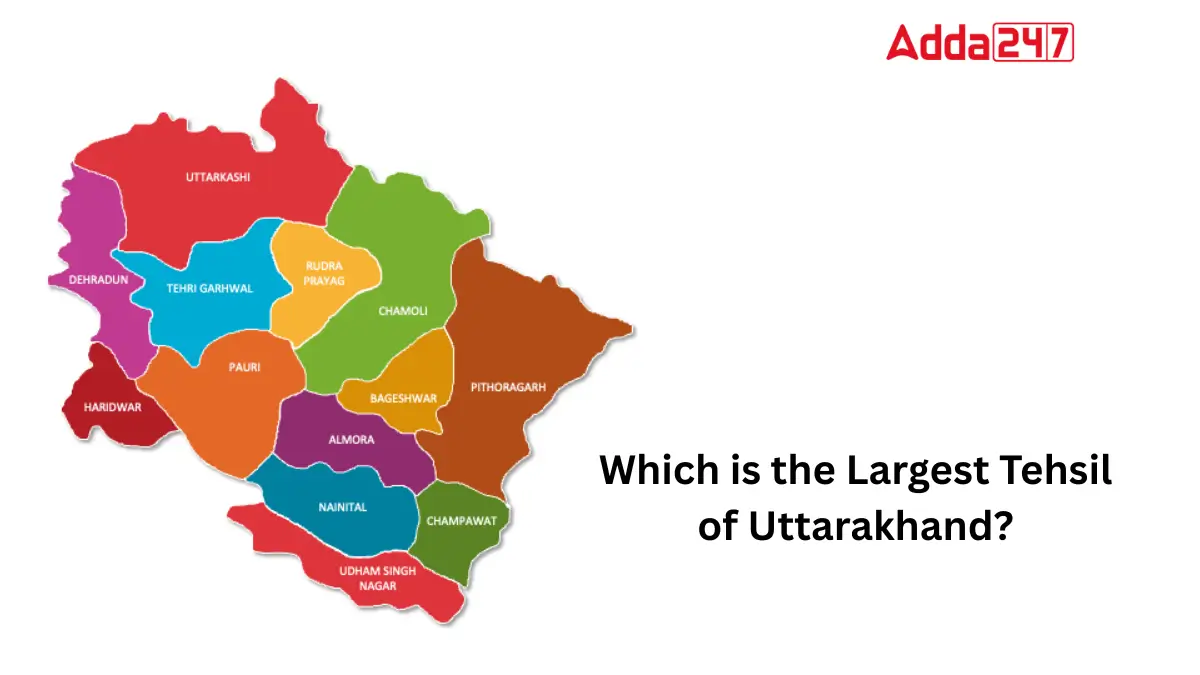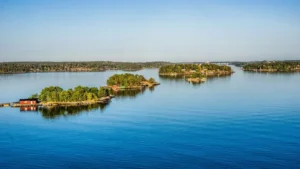Uttarakhand is a beautiful state in northern India, known for its scenic landscapes, religious sites and rich culture. It is divided into many districts and tehsils for better administration. Some tehsils are larger in size and population, making them an important centers for trade, education and governance. The largest tehsil in Uttarakhand plays a crucial role in the state’s economy and development. Let’s explore more about it.
An Overview of Uttarakhand
Uttarakhand is a state in northern India, known for its natural beauty, mountains, and rivers. It shares borders with Himachal Pradesh, Tibet, Nepal and Uttar Pradesh. The state has 13 districts and is divided into Garhwal and Kumaon regions. Dehradun is the capital, while Nainital is the judicial capital. The Ganga and Yamuna rivers originate here. Nearly 45.4% of the land is covered by forests.
Number of Districts of Uttarakhand
Uttarakhand is divided into two administrative divisions, Garhwal and Kumaon. Within these divisions, the state has a total of 13 districts. Each district plays an important role in the administration and development of Uttarakhand.
Largest Tehsil of Uttarakhand
Joshimath, also called Jyotirmath, is the largest tehsil in Uttarakhand and is situated in the Chamoli district. It is an important place for religion, tourism, and adventure activities. The town acts as the main gateway to the famous Badrinath Temple and several popular trekking routes. However, Joshimath also struggles with problems like land subsidence and environmental pressures, which affect the safety and stability of the area.
Location of Joshimath Tehsil
Joshimath is located in Chamoli district of Uttarakhand. It serves as a gateway of several famous trekking trails, pilgrimage sites and mountain expeditions.
Religious Significance
Joshimath is home to one of the four pithas (spiritual centers) established by Adi Shankarcharya. It is a sacred place for Hindus and attracts devotees visiting Badrinath, one of the most important pilgrimage sites in India.



 Narpuh Wildlife Sanctuary: Conservation ...
Narpuh Wildlife Sanctuary: Conservation ...
 Top and Bottom 10 Countries in the Globa...
Top and Bottom 10 Countries in the Globa...
 Which Country has the Highest Number of ...
Which Country has the Highest Number of ...







